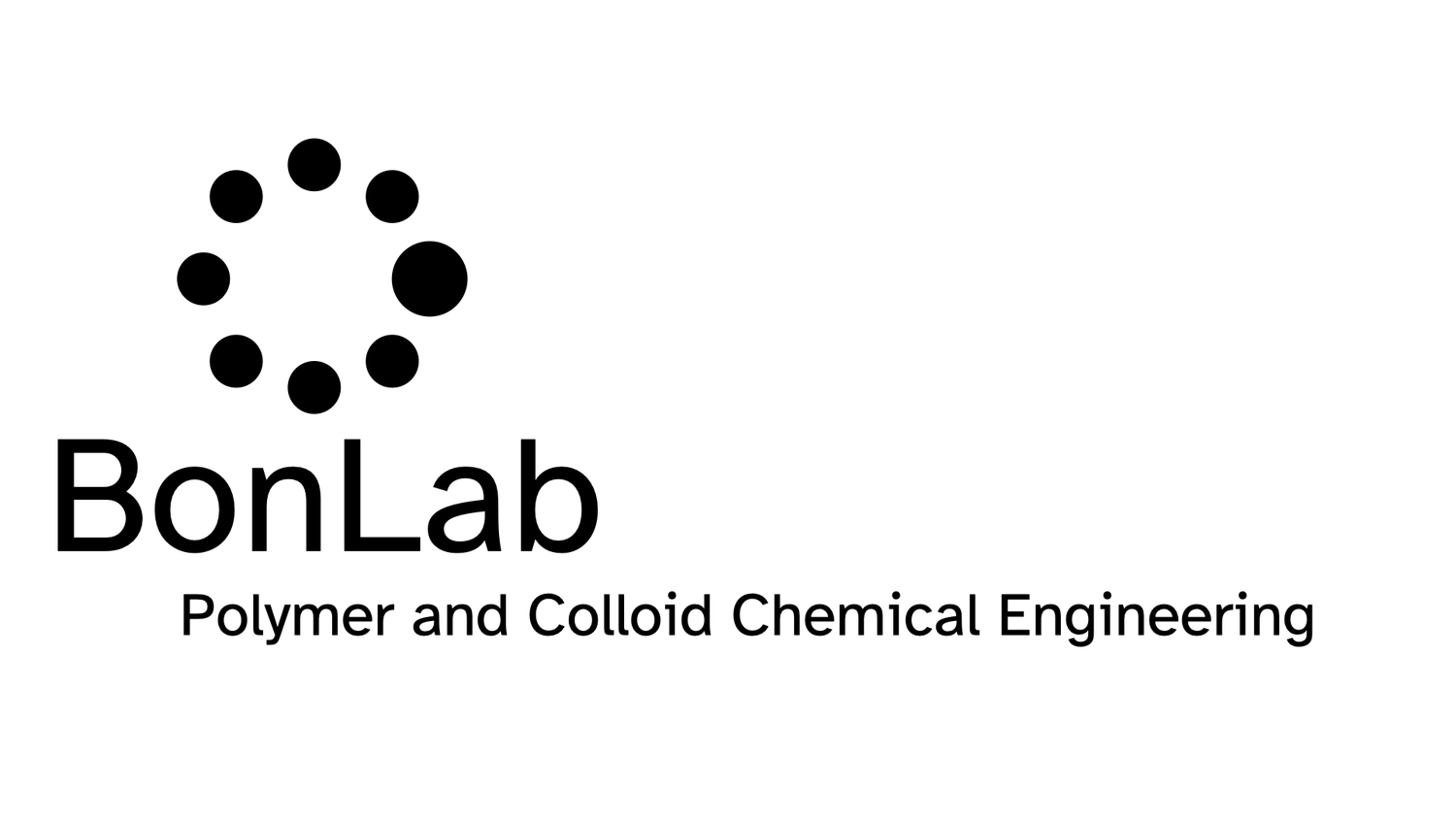Independent responsive behaviour and communication in hydrogel objects
Autonomous response mechanisms are vital to the survival of living organisms and play a key role in both biological function and independent behaviour. The design of artificial life, such as neural networks that model the human brain and robotic devices that can perform complex tasks, relies on programmed intelligence so that responses to stimuli are possible. Responsive synthetic materials can translate environmental stimuli into a direct material response, for example thermo-responsive shape change in polymer gels or light-triggered drug release from capsules. Materials that have the ability to moderate their own behaviour over time and selectively respond to their environment, however, display autonomy and more closely resemble those found in nature.
In our recent paper, published in Materials Horizons, we present soft hydrogel objects that possess an individually programmed time delay in their response to a shared environmental stimulus. We utilize the enzyme urease to programme a self-regulated change in pH, which in turn activates the designed response of gel disintegration. This design allows for independent response behaviour of a collection of hydrogel fibers which contain coloured oil droplets in a single closed system. In addition, we show that hydrogel beads can communicate with one another, hereby influencing their pre-programmed individual behaviour.
The incorporation of responsive time control directly into soft matter objects demonstrates an advance in the field of autonomous materials.
The paper can be read at http://dx.doi.org/10.1039/C7MH00033B
